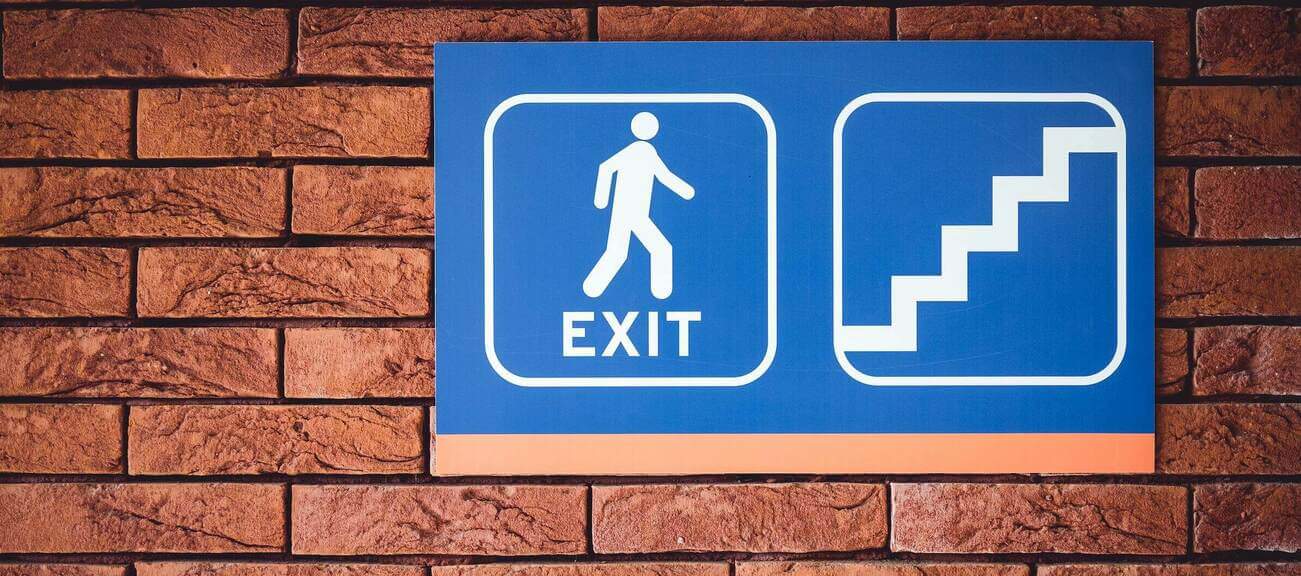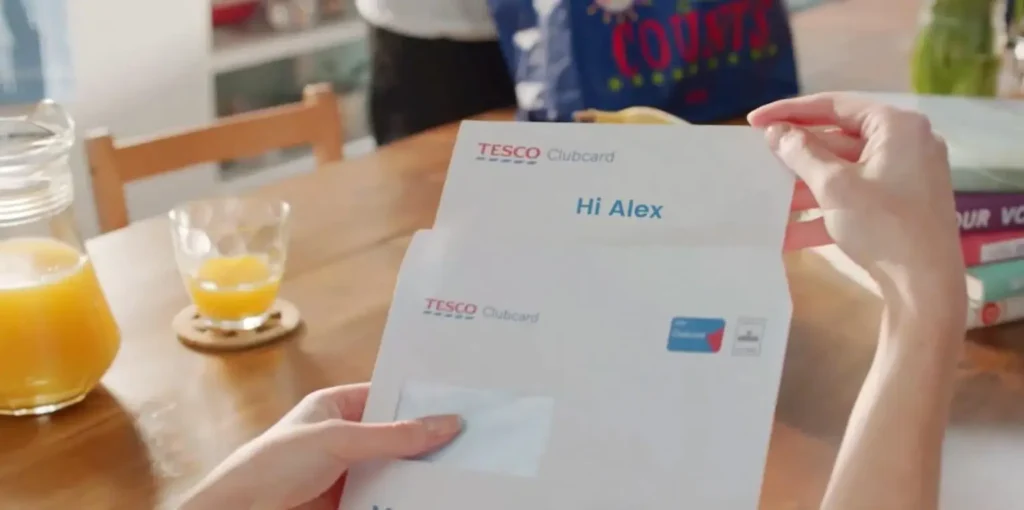Churn management is an important component of any business. Research shows that it’s 5x-6x more expensive to acquire a new customer than it is to simply retain an old one, underscoring the importance of preventing churn by keeping your current clients happy and engaged.
To help your business drive long-term loyalty, we’ll cover how to perform and optimize churn management by analyzing data from past interactions with customers. We’ll also cover various ways that you can use churn management techniques within your organization, including improving customer satisfaction, measuring customer loyalty, identifying problem areas within your business and implementing effective retention strategies.
Whether you’re looking to build a loyal customer base or aiming to enhance your retention efforts, this guide will provide you with the tools and knowledge needed to keep your customers coming back.
Want to watch instead of read? Check out the overview view below, made in minutes from this blog page with our advanced AI video tool.
Churn Management Explained
Churn management is the process of keeping your customers happy and loyal. It’s a key part of customer retention, but it also can lead to increased revenue and a healthier bottom line.
When customers feel valued and satisfied, they’re more likely to remain committed to your brand. Plus, if you can provide a great experience that makes customers want to stick around, they’ll likely be more willing to pay more for your product or service in the long run. In fact, research by Frederick Reichheld (the inventor of the Net Promoter Score) reported that increasing customer retention rates by just 5% can increase profits by 25% to 95%.
It’s important to note that there are 2 types of churn: voluntary and involuntary.
- Voluntary churn occurs when customers choose not to continue using your product or service, often due to dissatisfaction or finding a better alternative
- Involuntary churn happens when it is impossible for customers to continue using your product or service (like losing access or payment failures).
Ultimately, effective churn management involves a proactive approach to understanding both voluntary and involuntary churn factors. By addressing the root causes of churn, such as through improving customer service, product quality or technical issues, you can significantly improve your retention rates.
Why Churn Management Is Important
Churn management is important because it reduces your revenue loss. If you are losing customers, then your overall sales will be affected and you might not be able to meet the goals set by your organization in terms of revenue generation.
Addressing churn is also about protecting and strengthening your brand’s reputation. Customer dissatisfaction can spread quickly on social media and review platforms. Not knowing and addressing why your customers leave could seriously impact your brand’s image and future growth.
Plus, keeping track of the churn rate allows your business to identify and resolve problems before they get out of hand. You should know how many customers are leaving each month or year because this can help to determine whether the reason for their departure has been addressed appropriately.
The reasons for a high churn rate can vary depending on your industry, with each requiring a tailored approach to effectively reduce churn and improve customer satisfaction. Some common causes include:
- Poor product quality
- Ineffective customer service
- High prices
- Low value added services (VAS)
How To Measure Churn
The idea behind churn management is simple. If you know what your churn rate is, then you can estimate how many new customers you’ll need to bring in order to maintain the same revenue stream over time.
It’ll also give you a benchmark against which to measure your retention efforts. “Is my churn rate going down or up over time? Do I need to focus on making current customers stay or acquiring new customers? What should my goal be?” These are some of the key questions that measuring churn helps answer.
For instance, let’s say a company has 100,000 customers and 10% of them leave every year (a 10% churn rate). They’ll need at least 11,000 new customers just to stay even.
But in order to understand churn and retain customers, it’s important to first be aware of how churn rate is calculated.
Churn Rate = (Total Customers Lost) ÷ (Total Customers)
In other words, churn rate is the percentage of customers who stop using your service or product within a given period of time. To refer back to the above example, a 10% churn rate means that out of every 100 customers, 10 leave over a defined period.
You can also calculate your revenue churn, which measures revenue loss due to customer churn.
Revenue Churn Rate = (Lost Revenue from Churn) ÷ (Total Revenue at Start of Period)
So if a company expects to bring in $100,000 each month from its subscribed customers but then loses $12,000 throughout a month due to cancellations, its revenue churn rate is 12%.
This metric will give you a rough idea of how much money is being lost each month due to customer attrition.
Side note: You may also want to calculate retention rate, the inverse of churn rate.
Customer Retention Strategies
Customer retention is the most important part of any business. It’s also one of the most effective ways to grow your business and improve your brand reputation.
Customer retention is like a game of tug-of-war. If you can keep pulling customers in, they’ll be more likely to stay with you. But if they can pull away from you, there’s no way for them not to go.
So how do you make sure that customers don’t get pulled away? Here are some tips and tricks to help your business prevent churn.
Retain Customers Through Data-Driven Personalization
Personalization is the key to customer retention, and customer data plays a critical part. Typically pulled from a business’s CRM, this data is a powerful tool for creating an engaging customer experience. From customer demographics to their purchase history, this information helps businesses better connect with their audience and proactively deliver the right message.
An easy way to leverage personalization is by greeting customers by name. While it seems simple, it can grab your customer’s attention and start the customer relationship off right. One study found that personalized emails have a 29% higher open rate and 41% higher click rate compared to generic ones, highlighting the impact of a personal approach.
Personalization works especially well as a way to bolster customer support. Just take a look at how Shellpoint added personal touches to this video explaining the viewer’s escrow — a topic that often confuses customers.
A personalized explanation like this effectively explains everything the customer needs to know. By showing their exact tax and insurance rates from the past, plus their increased amount for the current year, viewers can clearly see the reasons behind their escrow fees. The result? Greater understanding plus strengthened trust and loyalty.
And don’t stop there. You can continue to personalize interactions after customers have reached out to you, such as sending timely messages that are tailored to each customer’s preferences or behaviors. For instance, if a customer recently expressed confusion about new features in a product, send a personalized message afterward from your customer success team asking if they’re finding everything OK.
Identify At-Risk Customers
To reduce customer churn effectively, it’s crucial to pinpoint those customers who are at risk of leaving your service or product. One effective method for doing this is by running a cohort analysis. This type of analysis looks at how groups of customers behave over a period of time to determine what factors impact their behavior.
The big goal here is to discover what distinguishes loyal customers from those likely to churn. What characteristics make up your most valuable customers? What about those who churn? Categorizing customers based on factors like how they were acquired, their demographics or usage patterns is a great way to approach this.
These insights can then help you craft your retention strategies. For example, if your analysis reveals that customers who engage with a certain service exhibit lower churn rates, you can prioritize promoting that service to new or at-risk customers.
Similarly, if you discover that customers who haven’t engaged with your product in the past 3 months are more likely to churn, you can craft targeted re-engagement campaigns to re-spark their interest before that third month hits.
All in all, by continually improving your understanding of customer segments and adjusting strategies accordingly, you can adapt your retention strategies and keep them updated and effective.
Create a Seamless Onboarding Process
Your onboarding process is typically the first interaction your customers will have with your brand after customer acquisition. As such, it’s crucial that you create a seamless onboarding experience for every individual.
This should be done through a combination of automated processes and human intervention. An automated process allows you to quickly scale without adding more employees or taking too much time away from other initiatives.
For instance, chatbots can help with simple tasks such as setting up payment info or creating user accounts, but then redirect customers with more in-depth questions to customer representatives who can handle more complex concerns.
The combined power of automated systems and human agents is key here. While automation ensures consistency and speed, adding that human touch is especially crucial when dealing with complicated customer needs that require empathy and greater problem-solving.
As with any customer-facing process, it’s important to consider how omnichannel your onboarding experience is. As the name suggests, omnichannel marketing is about letting customers seamlessly transition between various platforms — from mobile apps and websites to social media and physical stores — while receiving consistent service and messaging.
And, as we touched on before, you want to make it personalized. The best way to retain customers is by making them feel like they matter. It not only allows you to provide a better user experience, but it also helps customers acclimate to your product or service faster.
Remember, the goal isn’t just to onboard customers quickly but to make them feel valued and understood right from the start. This sets a positive tone for their ongoing relationship with your brand which can, in turn, encourage greater retention and customer loyalty.
Add a Human Touch With Video
A staggering two thirds of consumers in a survey by PWC feel brands have lost their human touch. This suggests a huge opportunity for businesses to get in their audience’s good graces through personalized and authentic interactions.
Video marketing is a great way to bring this back to the digital experience and improve customer retention — which in turn can lead to more sales. By adding a human touch via video, you’re able to convey your brand values and emotionally connect with your audience in a way that’s more effective than other mediums.
But some marketers are still hesitant to use video due to certain myths. For instance, over 60% of marketers choose to leave video out of their marketing efforts because they think it’s too time-consuming. You don’t have to be an expert with expensive equipment, though. All you need is a smartphone or computer with video editing software.
Once you start, the options are virtually endless. For instance, the University of South Dakota brought a human touch to their digital communication with the following video.
Imagine receiving this video as a prospective student. It shows you scenes from campus life, the students and faculty that make up the school and other exciting clips that excite you for the year. Wouldn’t this engage you more than a text-heavy email?
Upsell to Existing Customers and Keep Them Happy
Upselling is a great way to strengthen long-term customer relationships and increase customer lifetime value. It can be strategically executed at various touchpoints throughout the customer journey — at the point of purchase, during transactions or even in follow-up communications.
There are many ways to upsell:
- Include a clear call to action: A vague CTA can deter customers from taking action. Make sure your CTA is explicit so upgrading is a straightforward and simple process.
- Make it relevant: Sending irrelevant offers can frustrate your customers. Personalize offers based on customer segments to show you’re offering a solution, not just pushing products. This not only increases the likelihood of a successful upsell but also enhances customer satisfaction and loyalty.
- Bundle products together: Recommend products that are complementary and go well together. For instance, if someone purchases a laptop computer, offer accessories like external hard drives at discounted prices. It lets your customer save more money while getting more value out of their overall purchase.
Think of upselling as an opportunity to delight customers with the right products or services that genuinely enhance their experience, at the right time. Be sure to emphasize the benefits of the upgrade or purchase. Whether it’s through a better experience or enhanced features, framing the upsell as an investment rather than an expense can make it more attractive to customers.
Create a Loyalty Program
A loyalty program is an obvious, and essential, part of any churn management strategy. It can be as simple as offering discounts for regular customers or as complex as hosting an annual gala for your best clients.
Better yet, loyalty programs can have a huge impact on your bottom line. According to research by McKinsey, the top-performing loyalty programs can boost revenue from customers who redeem points by 15% to 25% annually, either by increasing their purchase frequency, basket size or both.
Unfortunately, this isn’t the reality for everyone. Loyalty programs are often ineffective, with two-thirds of established ones failing to deliver value. Research shows that, while consumers belong to 16.6 loyalty programs on average, they’re only active in about half. And loyalty programs that go unused are not renewed.
To keep customers engaged in your loyalty program:
-
- Simplify enrollment. Make it easy for people to join your program by including an option on their receipt at checkout or sending them an email after each purchase that explains how they can participate in the program.
- Gamify the experience. Give participants something fun to do every time they make a purchase. For instance, offer them points towards free products whenever they visit your store during certain hours of the day. Or add gaming elements, like badges, to reward customers for their engagement.
- Keep up engagement. Regularly remind customers of what they’re getting out of their membership. Recap what rewards they earned with their program in a year-in-review video. Send an email reminding customers of their available points and what special prizes they can earn.
- Personalize rewards. Tailor rewards to individual customer preferences whenever possible. This personal touch can make customers feel more valued and understood. Whether it’s a surprise birthday gift or a bonus for reaching a milestone, personalized rewards go a long way in reinforcing loyalty.
Once your loyalty program is launched, monitor its effectiveness. Look for trends in customer participation and adjust your strategy accordingly. For instance, if certain rewards aren’t being redeemed, consider replacing them with incentives that better resonate with your audience. Stay adaptive and you’ll consistently deliver value that keeps them coming back.
Track Customer Behavior
Finally, make sure you’re tracking customer behavior. Whatever industry you’re in, collecting data can help you understand why customers leave and what you can do to improve the customer journey.
There are many ways to track customer behavior, including:
- Customer feedback and NPS scores. Gather direct feedback through surveys and Net Promoter Score assessments to gauge customer satisfaction and loyalty.
- Social media channels. Platforms like Facebook and Twitter can offer real-time insights into how customers feel about your brand and reveal emerging trends or issues.
- Analytics software. Use analytics tools to track user interactions on your website, mobile app or other digital platforms. This data can give you a valuable look into user behavior patterns, such as browsing habits, purchase decisions and engagement levels.
As you begin tracking customer behavior, it is important to understand what types of information you should be looking for. What content do your customers consume? When is churn highest during the customer lifecycle? How are your metrics performing? Are there any areas that need improvement?
With these data-driven insights in hand, you can pivot from a reactive to proactive approach to churn as you constantly optimize and improve your strategies based on new information.
Lower Churn Rates for Your Business
You now know how to measure and implement churn management to drive long-term loyalty. Make it personal. Add visuals. Create a loyalty program that customers will want to engage with.
But that’s not all. Brands looking to take their churn management to the next level are reaching customers on a 1:1 level with the format they love most — video. Whether it’s banking, insurance or even gaming, Personalized Video is a must-have for brands looking to boost loyalty.
Want to try it for yourself? Let’s talk.







